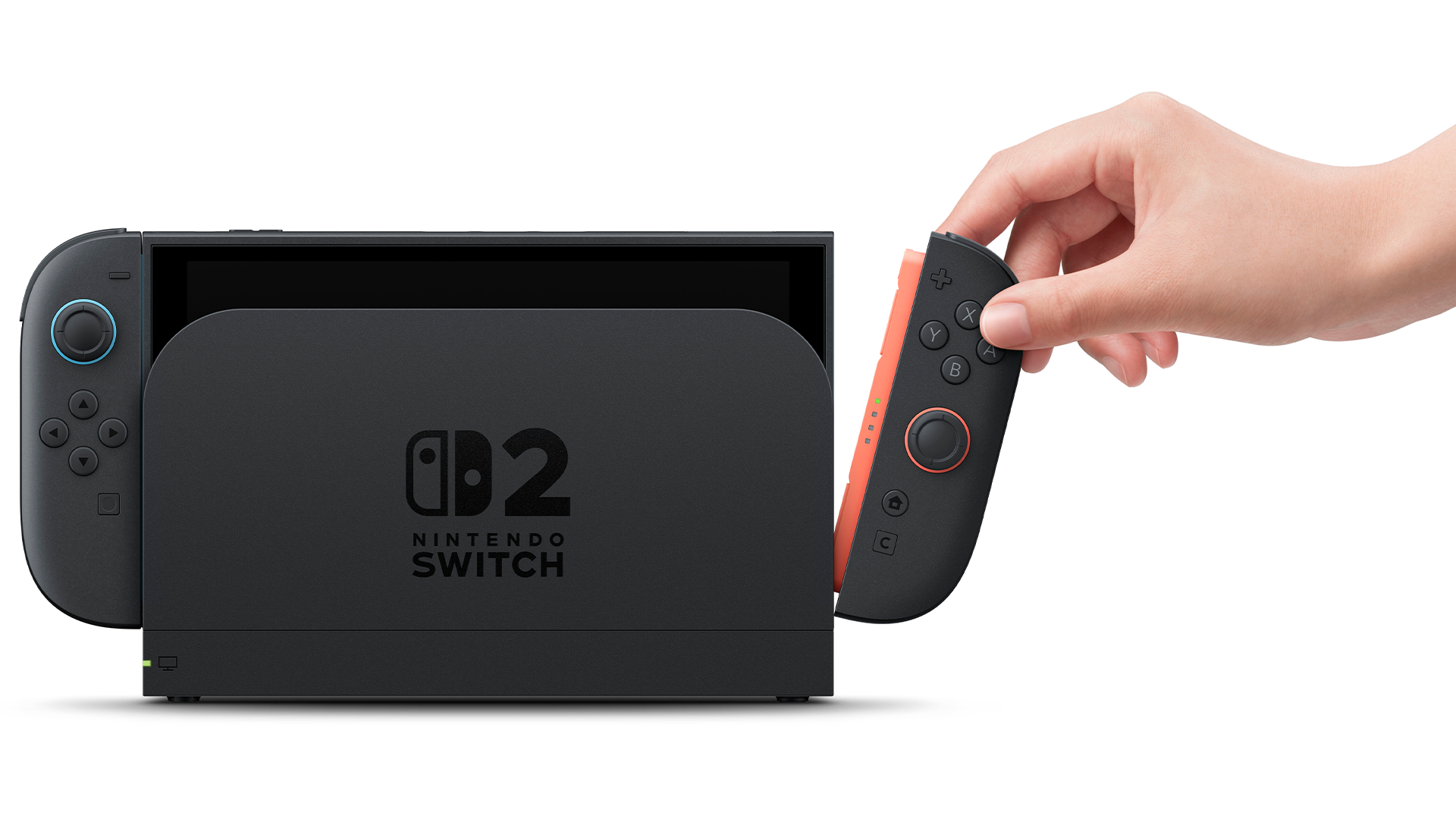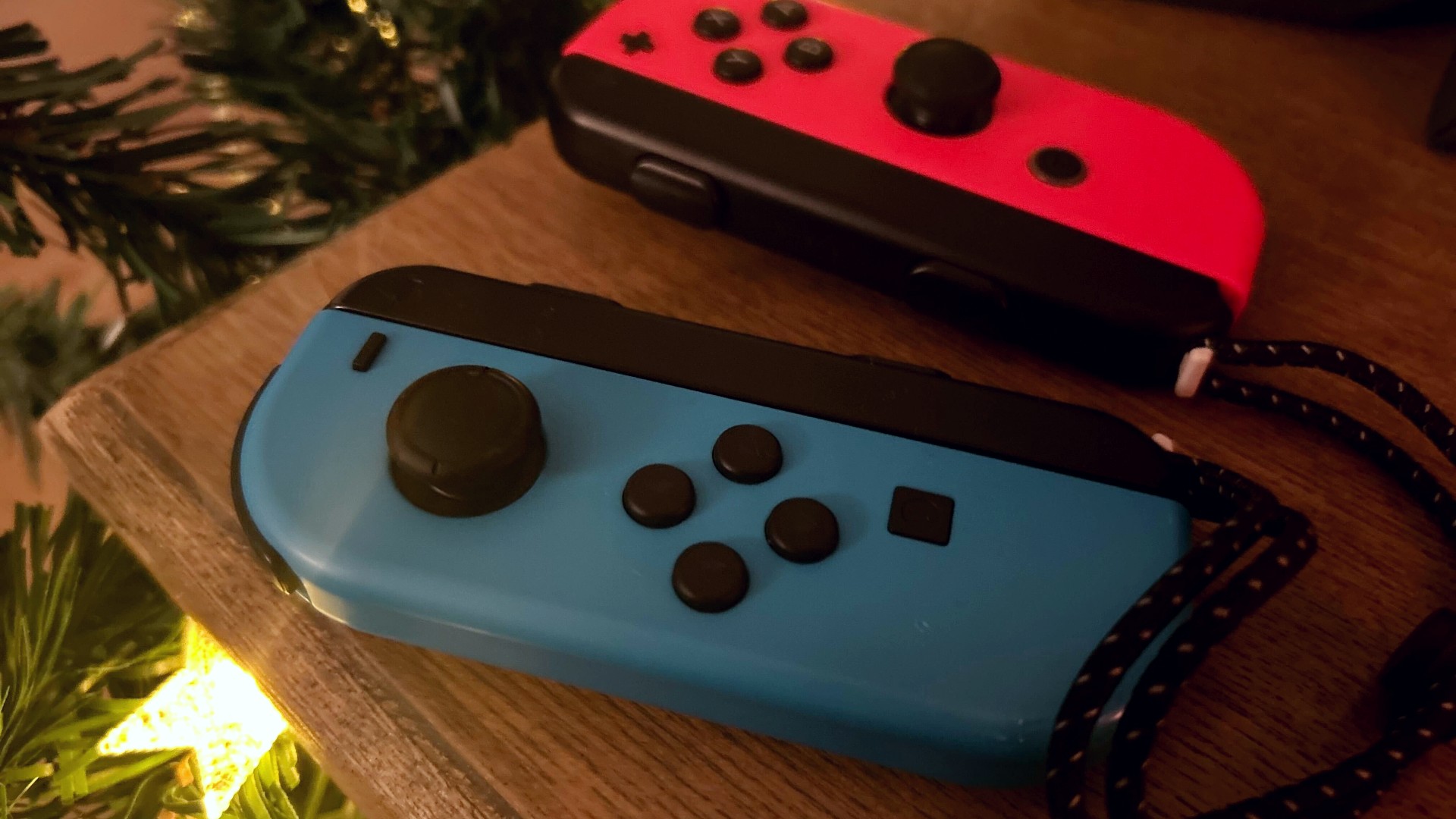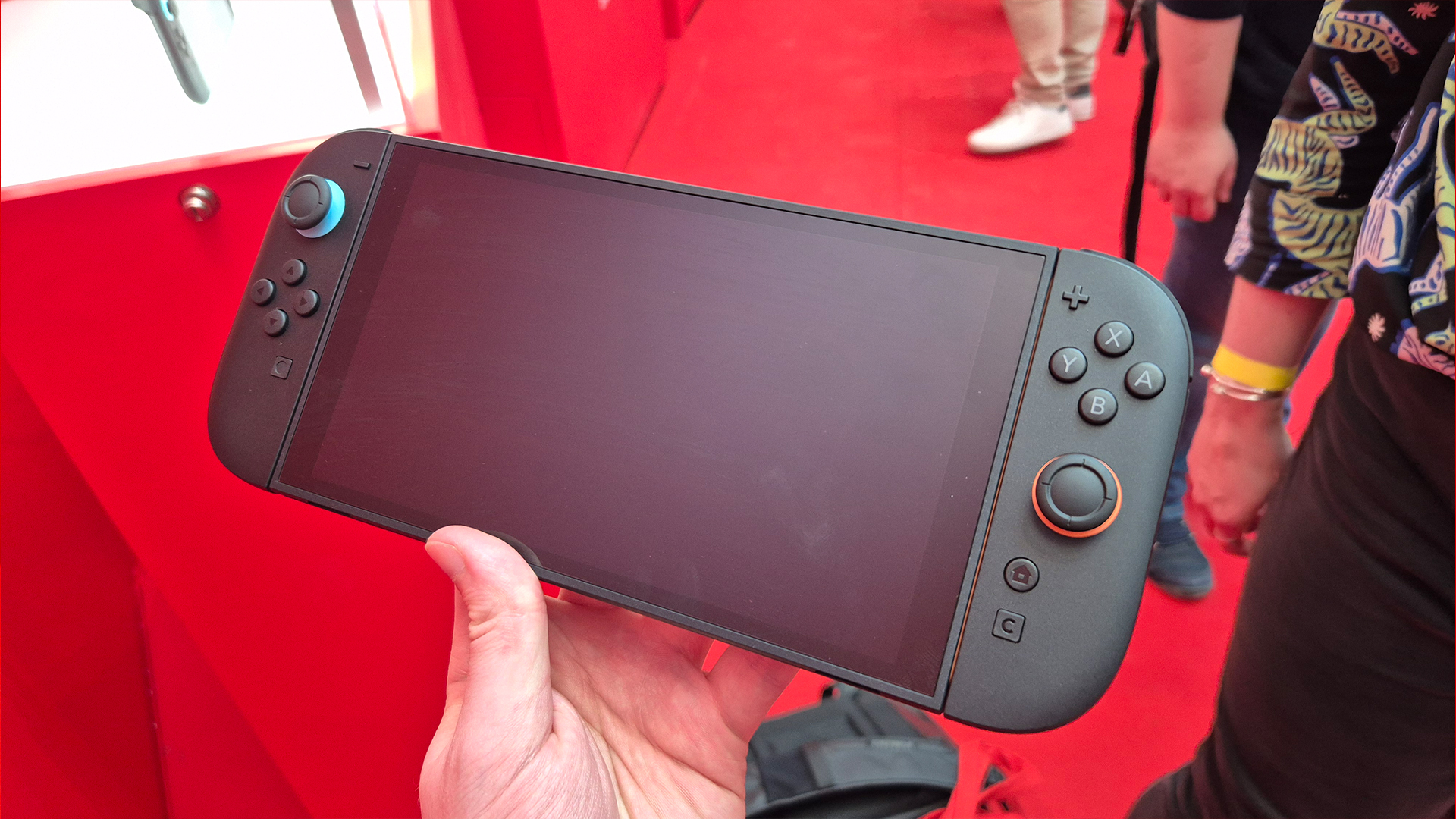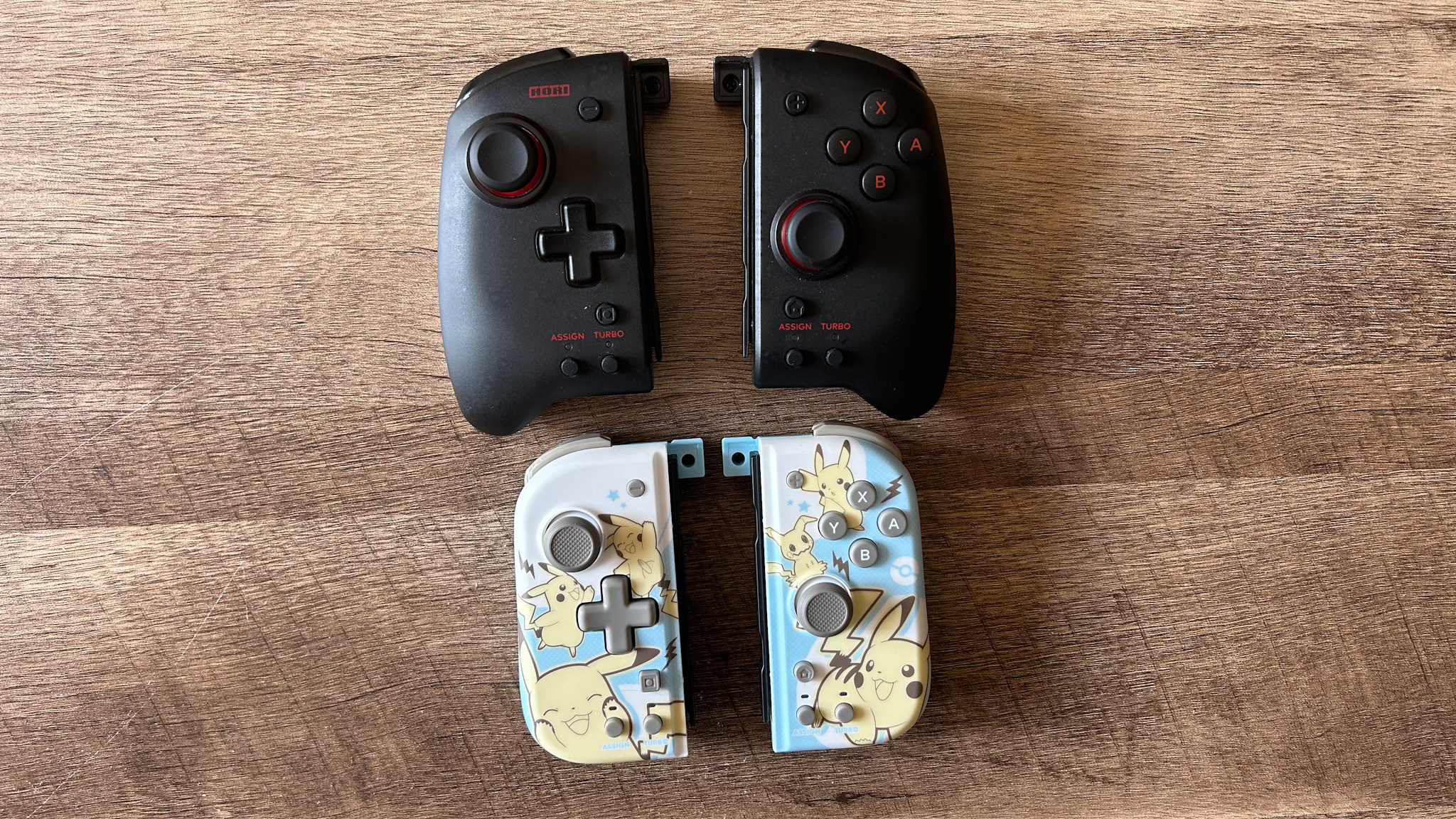Nintendo, as a stick drift-enraged customer, could you please clarify something for me?
"Designed from the ground up" could mean a lot of things, Nintendo

As ingenious as the original Nintendo Switch's Joy-Con controllers are, they leave a lot to be desired in the endurance department. It's hard to come across a Switch owner who hasn't run into any stick drift issues or who hasn't had to replace at least one of their controllers. The Nintendo Switch 2 is said to have bigger, redesigned thumbsticks, but I'm a little concerned Nintendo isn't being more explicitly clear with us.
The reason that some of the best Nintendo Switch controllers have struggled with longevity through the years is that they use traditional thumbsticks with potentiometers inside them. These use tiny resistors to measure your inputs, and depending on how hard you are on your controllers, and the quality of the physical parts used, they can begin to wear down over time. This causes less accurate input registration, and can even cause your controller to register a directional input without you touching it.
This is known as stick drift, and it's a controller plague that's been slowly but surely vaccinated in the last few years thanks to the arrival of Hall Sensor thumbstick modules. These use tiny electromagnets to measure your inputs instead, and since there aren't any physical resistors that wear down over time, stick drift can't happen. The good news is that these sensors, and even newer TMR modules, don't cost more than potentiometers do - and that can be seen by the sheer number of best PC controller contenders that utilize them and ship for below $50.

Nintendo's hardware design lead, Tetsuya Sasaki has said "The new Joy-Con 2 controllers for the Nintendo Switch 2 have been really designed from the ground up from scratch, and they have been designed to have bigger movement and smoother movement". That sure does sound promising, but what exactly does it mean?
Nintendo has a funny way of not adhering to terminology that the rest of the gaming industry uses. It's one of the company's quirks they're well known for at this point, but in instances like these, it's infuriating. You'd think that if Hall Sensor thumbsticks were used in both the new Joy-Cons or the updated Switch 2 Pro Controller, the brand would want to use that term to combat the PR crisis it's been in for the last five years. As a consumer, I wish Nintendo would reassure me that I won't run into the same problems this generation.

In a breakdown of specs from Nintendo itself, it doesn't mention anything about the type of thumbsticks found in its new controllers but does use terms like "accelerometer" (used for motion controls). The fact Nintendo isn't explicitly saying that Switch 2 uses Hall Sensors reads as a sign to me that it hasn't actually strayed from the potentiometer problem.
For me, and I'm sure, a lot of gamers, that would be a big red flag, especially with a pair of Joy-Con 2 controllers costing $89.99 to replace. The cases of stick drift have been so prevalent with the Nintendo Switch that the manufacturer had to issue widespread replacements following the pandemic sales boom, and a slew of third-party competitors ended up swooping into the ecosystem to issue people the Hall Effect controllers they wanted.
Sign up to the GamesRadar+ Newsletter
Weekly digests, tales from the communities you love, and more

Speaking of which, we still don't have confirmation from Nintendo that those third-party controllers for Switch will work with Switch 2. The brand has published a compatibility table for its next-gen console and last-gen accessories, but there hasn't been a single mention of third-party accessories - of which there are many.
We can see from a blanket statement from Nintendo that "your Switch controllers will work on Switch 2", but that doesn't tell the whole story. Wirelessly, the original Switch's Pro Controller can connect to your Switch 2, and the same goes for the original Joy-Con controllers. But since dimensions are different for the new platform, you won't be able to use the Joy-Cons on the sides of your Switch 2 or use the Joy-Con grip for the Switch 2.
Again, there are loads of third-party Switch gamepads in the wild, and while I don't really see any reason that these wouldn't be compatible with the new platform, it'd be nice to have that clearly stated before people shop for a Nintendo Switch 2 pre-order. That's doubly true if the company isn't going to reassure people that stick drift won't be in play come June 5.
For more on Switch 2, check out our comparison of Switch 2 vs Steam Deck, a rundown of the Switch 2's design, and a list of upcoming Switch 2 games.
One of my earliest memories is playing SuperMario64 and wondering why the controller I held had three grips, but I only had two hands. Ever since I've been in love with video games and their technology. After graduating from Edinburgh Napier University with a degree in Journalism, I contributed to the Scottish Games Network and completed an Editorial Internship at Expert Reviews. Over the last decade, I’ve been managing my own YouTube channel about my love of games too. These days, I'm one of the resident hardware nerds at GamesRadar+, and I take the lead on our coverage of gaming PCs, VR, controllers, gaming chairs, and content creation gear. Now, I better stop myself here before I get talking about my favourite games like HUNT: Showdown, Dishonored, and Towerfall Ascension. Location: UK Remote
You must confirm your public display name before commenting
Please logout and then login again, you will then be prompted to enter your display name.


